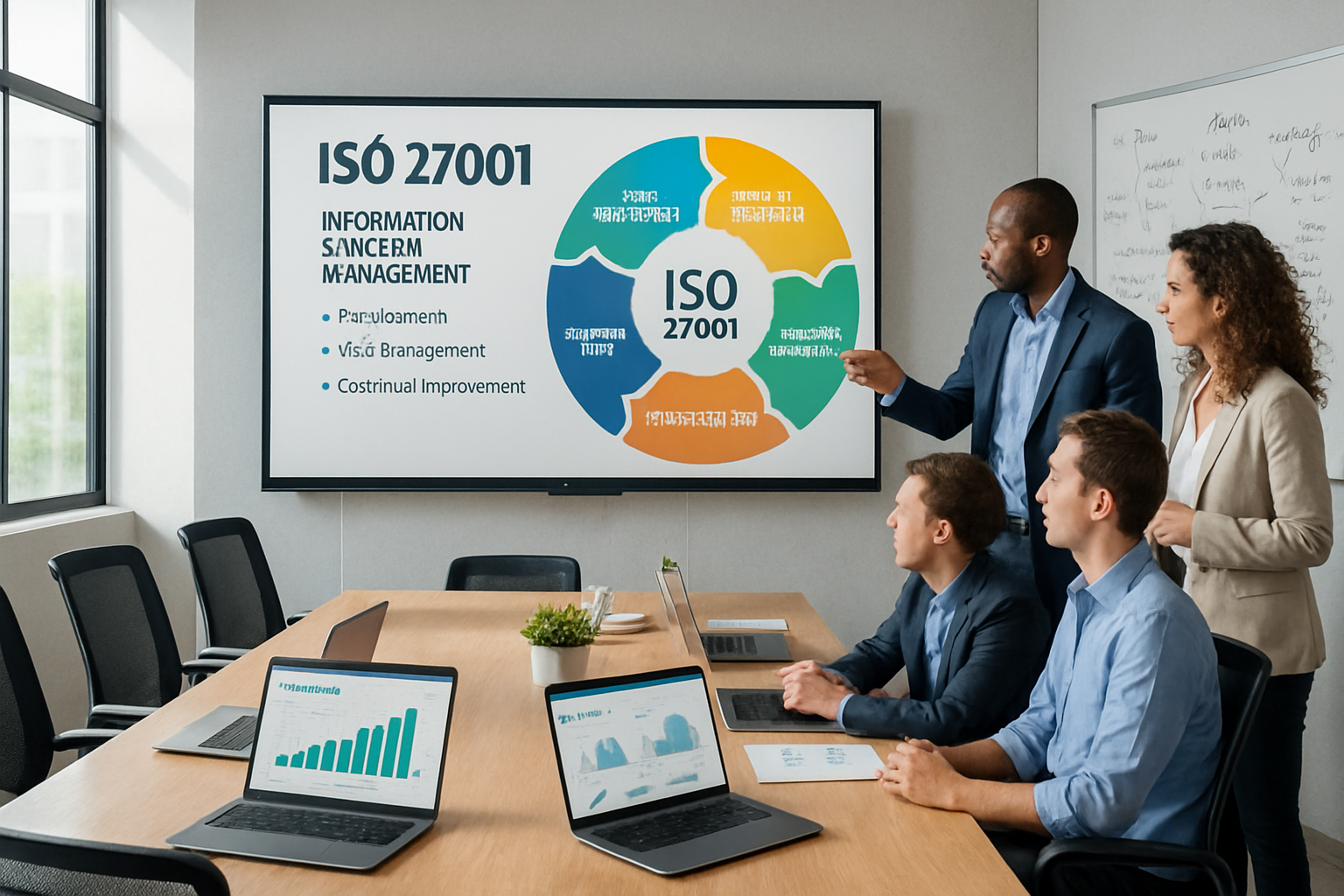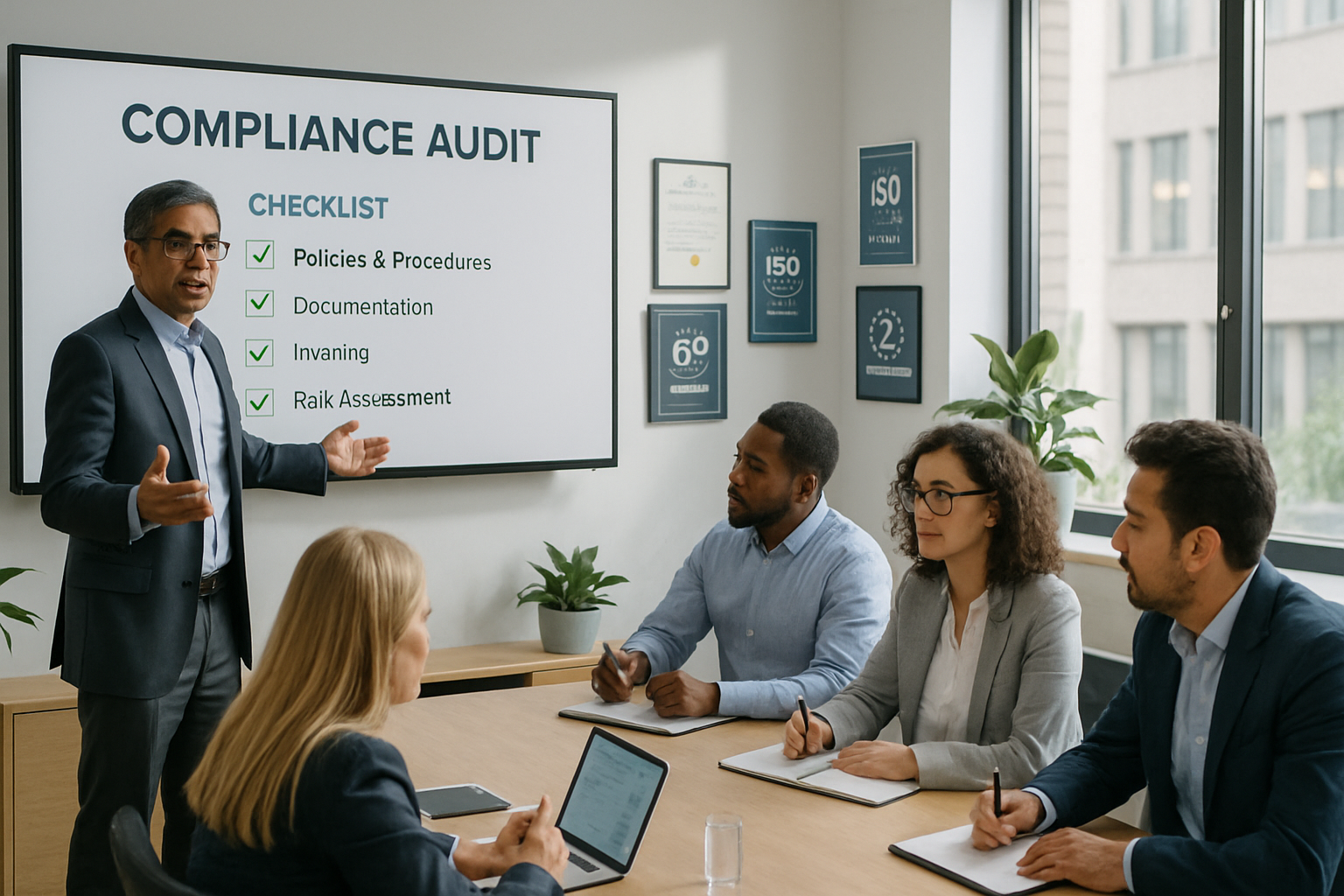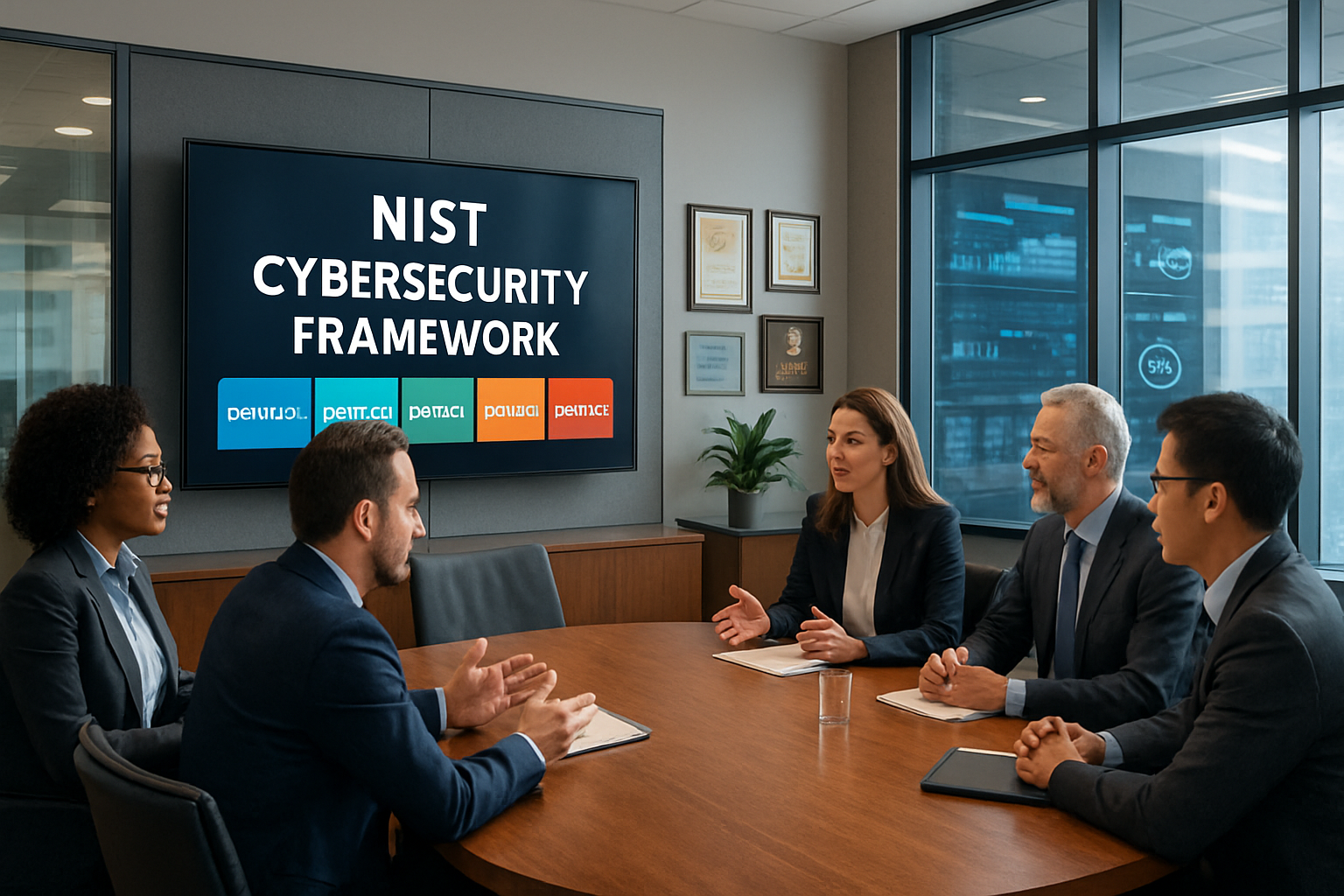SOC 2 Compliance: Essentials, Advantages, Report Types & Implementation Roadmap
As organizations increasingly manage larger volumes of sensitive information, stakeholders including clients, investors, and regulators expect solid proof that this data is being protected with care. They want assurance that systems are resilient against breaches and unauthorized access.
To meet these expectations, many companies turn to security and compliance frameworks that establish reliable policies, procedures, and controls. One of the most widely recognized among these frameworks is SOC 2 (System and Organization Controls 2). By achieving SOC 2 compliance, organizations not only enhance their cybersecurity posture but also signal trustworthiness to their ecosystem of clients, partners, and prospects.
This blog explores the fundamentals of SOC 2 compliance, its organizational benefits, the types of SOC 2 reports, and how a modern compliance platform like Quantarra can help streamline the process of achieving and maintaining it.
What Is SOC 2 Compliance?
SOC 2 is a voluntary framework developed by the American Institute of Certified Public Accountants (AICPA). It is designed for service organizations and outlines how they should handle customer data responsibly. Rather than prescribing specific tools or processes, SOC 2 sets forth Trust Services Criteria (TSC)—five principles that guide secure data handling:
- Security – Ensuring systems are protected from unauthorized access.
- Availability – Making sure systems are operational and accessible as needed.
- Processing Integrity – Guaranteeing that systems process data correctly and without manipulation.
- Confidentiality – Protecting sensitive information from unauthorized disclosure.
- Privacy – Safeguarding personally identifiable information (PII).
Organizations pursuing SOC 2 compliance may choose to address all five principles or focus on the ones most relevant to their operations. However, Security is the mandatory baseline criterion for all SOC 2 reports.
For additional information, refer to AICPA Official SOC 2 Resource
Understanding the Two Types of SOC 2 Reports
SOC 2 compliance is validated through independent audits and falls into two categories:
- SOC 2 Type I
This report assesses the design of a company’s controls at a single point in time. It evaluates whether the organization’s system and internal controls are suitably designed to meet the selected TSCs. - SOC 2 Type II
This report builds on Type I by evaluating how effective those controls are over time, typically covering a 6 to 12-month period. It is more comprehensive and often favored by stakeholders seeking assurance that controls are not just designed properly but are also functioning effectively.
Organizations often begin with a Type I report and later transition to Type II as they mature their compliance processes.
Who Should Pursue SOC 2 Compliance?
SOC 2 compliance is particularly relevant for technology companies, SaaS providers, and any service organization that stores, processes, or transmits client data. It is also beneficial for third-party vendors and service providers that are part of a broader data supply chain.
Although not legally required, SOC 2 is widely adopted in industries where data security, privacy, and trust are vital for customer relationships and business success.
Benefits of SOC 2 Compliance
Achieving SOC 2 compliance goes far beyond passing an audit. It delivers tangible business and operational benefits that can elevate both security posture and competitive position.
1. Enhanced Operational Visibility
SOC 2 requires continuous monitoring of IT systems, user access, and security activities. This leads to stronger oversight, more effective incident detection, and better response procedures. Companies become more aware of what’s happening in their systems, improving risk management practices across the board.
2. Stronger Security Posture
The compliance journey encourages organizations to evaluate where their sensitive data resides, how it’s protected, and where there may be gaps in controls. It leads to better implementation of security frameworks, proactive risk assessments, and more refined internal policies.
As data breaches become more frequent and costly, the visibility and rigor introduced through SOC 2 can help protect against escalating cybersecurity risks.
3. Increased Trust with Clients and Partners
SOC 2 reports demonstrate that your company has mature, auditable security and data protection controls in place. This builds trust with prospects, customers, and third-party partners who demand visibility into your internal controls before doing business.
The ability to quickly and confidently provide SOC 2 reports can also accelerate sales cycles, streamline procurement processes, and reduce vendor due diligence friction.
4. Competitive Advantage
With a growing emphasis on data privacy and compliance, having SOC 2 certification sets a company apart. It shows that your organization meets a widely recognized security standard, helping differentiate your brand and provide assurance in crowded or highly regulated markets.
Preparing for a SOC 2 Audit
To comply with SOC 2, organizations must formalize and enforce information security policies that reflect their operational and risk environments. An external CPA or audit firm typically conducts the technical assessment, which includes documentation reviews, control testing, and report generation.
Steps to Get Audit-Ready
- Choose Your Report Type
Decide whether your business needs to show compliance at a specific point (Type I) or over a period (Type II). If you're on a tight timeline, starting with a Type I report might make sense. - Define the Audit Scope
Identify which of the Trust Services Criteria your organization will include in the audit. While Security is mandatory, adding others like Availability or Confidentiality provides higher assurance. - Upgrade Internal Controls Where Needed
Evaluate your current systems, policies, and procedures. Make enhancements to meet SOC 2 expectations this might include access controls, encryption practices, or incident response protocols. - Write a Detailed System Description
This is a key audit deliverable. It must clearly outline how your organization collects, stores, and processes data, what controls are in place, and how systems interact with third-party vendors and users. - Run an Internal Audit or Gap Assessment
Before engaging an external auditor, conduct a mock audit internally. This helps identify compliance gaps and allows your team to fix issues proactively. - Engage a Qualified Auditor
Work with a trusted auditor who understands your industry and can effectively evaluate your systems. The auditor will deliver a final SOC 2 report and assign one of the following statuses:
- Unqualified – Fully compliant
- Qualified – Some issues, but still meets criteria overall
- Adverse – Major deficiencies; not compliant
- Disclaimer – Insufficient evidence to determine compliance
SOC 2 vs. Other Frameworks: Key Differences
SOC 2 is often compared to other standards. Here are important distinctions:
- SOC 1 – Focuses on controls around financial reporting (e.g., payroll systems)
- ISO 27001 – An international standard that defines how to implement and maintain an Information Security Management System (ISMS)
- SOX – A U.S. federal law requiring strict financial data controls, mandatory for publicly traded companies
Final Thoughts
SOC 2 compliance is no longer optional for data-driven businesses, it’s a powerful tool to build trust, improve security, and stay competitive. Preparing for an audit requires strategy, documentation, and continuous monitoring, but the long-term gains in risk management and market reputation are significant.
How Quantarra Helps?
Traditional SOC 2 prep is manual and time-consuming. Quantarra streamlines the process by:
- Centralizing controls in a unified compliance platform.
- Automating evidence collection from your existing systems.
- Providing audit-ready dashboards for real-time compliance status & risk monitoring
- Facilitating auditor engagement with Quantarra-vetted partners or your preferred firm.
Whether you're targeting a Type I or Type II report, Quantarra’s AI-powered platform reduces manual effort, surfaces real-time compliance gaps, and enables faster, more confident certification.
Case study: An SMB data platform company needed SOC 2 Type II to close enterprise clients. By using Quantarra, they reduced audit prep time from 6-8 months to 6 weeks, automated 70% of evidence collection, and gained continuous compliance visibility.
Start your SOC 2 journey with Quantarra and bring continuous compliance within reach efficiently, intelligently, and at scale.


